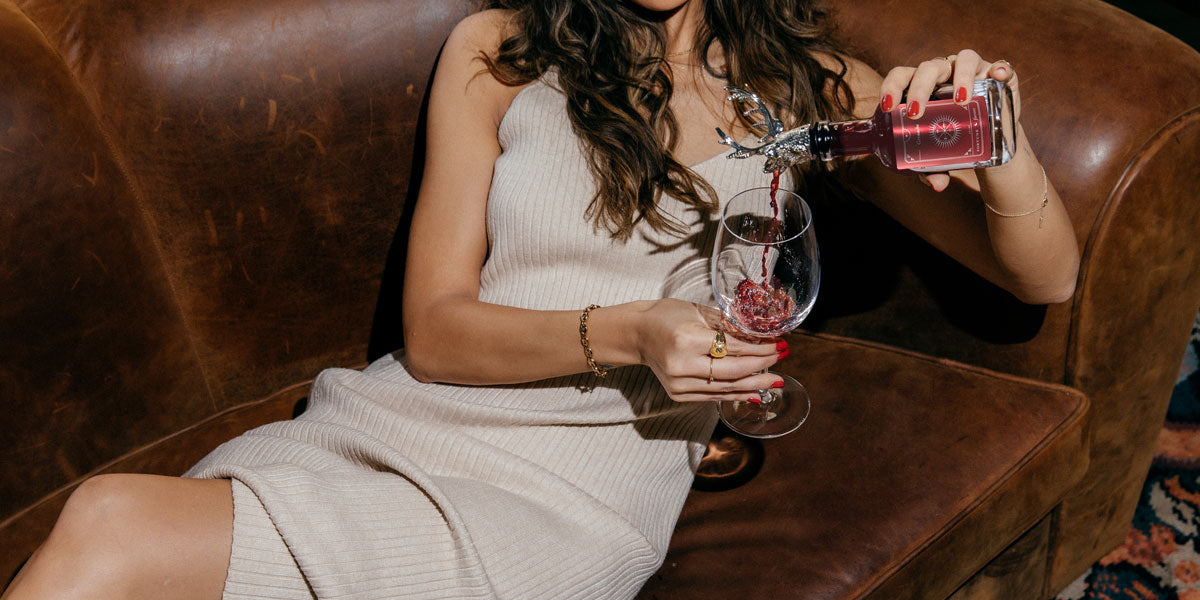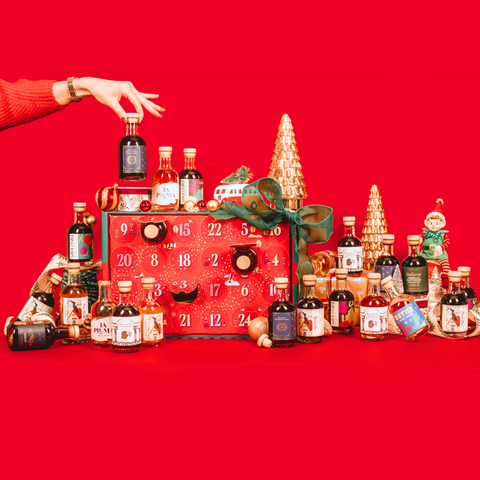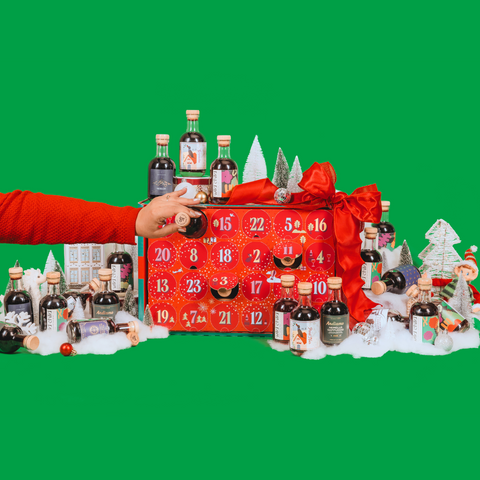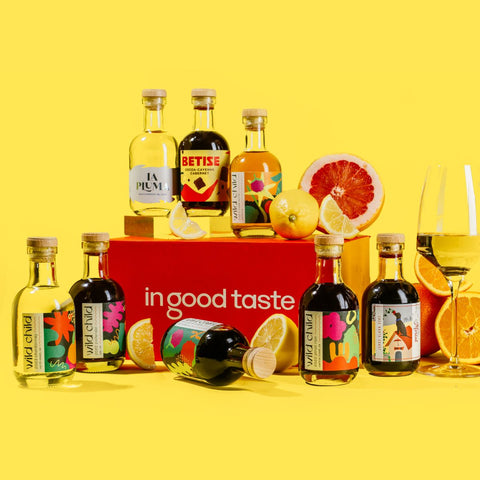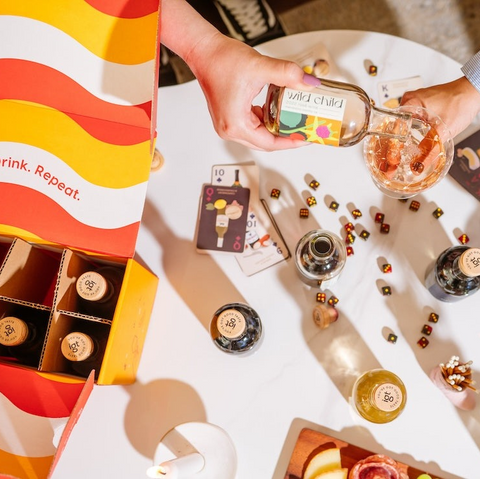Grenache: The Basics
From roses to ruby slippers to strawberry Starburst, some of our all-time favorites are red. So, when we’re looking for a wine that’s bold, light-bodied, and oh-so-elegant, we know what color to look for. One of our favorites is Garnacha (aka Grenache), and we’re not the only ones: Garnacha is one of the preferred red wine varieties across the globe, and due to its popularity, it’s also one of the most widely planted!
Like many other classics (Champagne, Burgundy, Bordeaux), Grenache got its start in Europe. This fruity, medium-bodied wine grows best in a Mediterranean climate, first thriving in the hot and dry weather of what is now Southern France or Eastern Spain before spreading to the east and south. Catalonia was one of the first new areas to try its hand at Grenache cultivation, and it was quickly followed by the Crown of Aragon in Northeast Spain.
Garnacha grapes were growing actively in Southern Italy, Sardinia, Corsica, Croatia, Sicily, and even Greece between the twelfth and seventeenth centuries. In Spain today, you’ll find Grenache as the base of several monovarietal wines, especially in the Campo do Borja, Varinena, and Calatayud regions.
Fall Sangria
A delicious fall treat that works with any light red wine.
- Thinly sliced fruit: orange, apple, pear
- 1 tsp sugar and a pinch of cinnamon
- Light Red Wine
- ~1 cup ice to chill
Add sliced fruit, sugar, cinnamon and wine to a pitcher. Pour over ice into two wine tumblers and enjoy!
Garnacha is also a primary ingredient in blends, like GSM, Chateauneuf-du-Pape, and Mourvedre as well as Cannonau di Sardegna and rosé. Thanks to its high sugar content, Grenache is a major component of many fortified wines. Whether it’s Spanish wine or French wine, masters of Grenache have a few processing tricks in common...
Typical Processing Notes
You can spot (or, more accurately, taste) a Grenache wine from its unmistakable cinnamon and Fruit Roll-Up flavor. Since it has a higher alcohol content, you’re also likely to find a medium body, with a deceptively lighter, semi-translucent color.
The terroir of the region where Grenache production takes place also has a significant impact on its flavor. Depending on where the wine is grown, it often carries subtle yet distinct aromas of ruby-red grapefruit and orange rinds. If the Grenache you’re sipping hails from the Old World, like Sardinia or Cotes du Rhone, it will also boast herbal notes of tobacco and dried oregano.
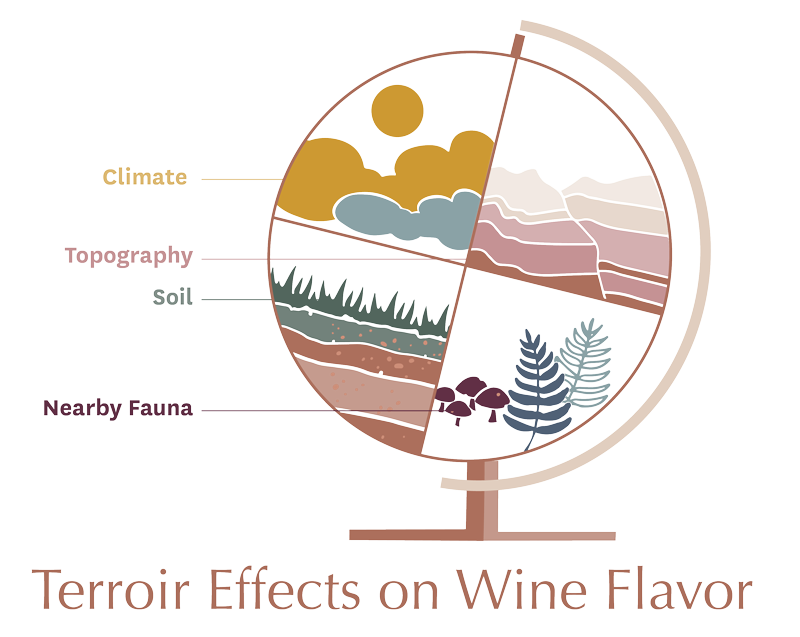
On the vine, Grenache berries tend to ripen late and have thin skin. Cropping levels and growing conditions cause the tannins and acid to be variable but usually tend toward the spectrum’s low-to-medium end. The result? A spicy, rich, berry-infused flavor, with hints of another red favorite: raspberries.
Top Growing Regions for Grenache
Garnacha grapes have a reputation as the backbone of some of the most beloved red blends, especially Provence’s silky roses and the wines of the southern Rhone Valley. However, this very versatile grape varietal now grows actively in multiple regions worldwide, from the Californian coasts to Australia, laying claim to approximately 456,000 acres worldwide. The top regions include:
-
France, with Rhone and Chateauneuf-du-Pape boasting 250,000 acres
-
Spain, with Priorat and Calatayud boasting 170,000 acres
-
Italy, with Sardinia, Sicily, and Calabria boasting 55,300 acres
-
The United States, with California and Washington boasting 10,000 acres
-
Australia, with South Australia boasting 8,000 acres
Aging Methods, Oak Barrel vs Stainless Steel
When it comes to aging, wine enthusiasts know it’s between oak barrels and stainless steel, each of which has a distinct impact on a wine’s flavor profile..
If you like your Grenache with warm, spicy aromas, then you’ll adore wine aged in an oak barrel. Oak tends to impart vanilla and smoky notes on the palate.
The same goes for heady, intoxicating spicy aromas—if you’re a fan, then choose a barrel-aged Grenache. You won’t be sorry!
Wood is porous in nature, allowing oxygen to move in and out. Without letting in enough oxygen to ruin the wine (which would be a real tragedy), oak aging allows the wine to react with the wood to intensify its aromatics while honing its flavors.
Stainless steel, on the other hand, doesn’t interfere with wine’s natural fermentation and aging process. Aging wine in stainless steel does not contribute nuance to the flavor profile and lets you enjoy the truest expression of the grape. Those who enjoy the natural sweetness of Garnacha grapes should opt for Garnacha aged in stainless steel.
See, Taste and Smell Notes
Grenache wines are versatile, so there’s a lot to see, smell, and taste in every sip (or bottle). Flavor profile can also differ, depending on whether the wine is of the Old World or the New World.
Old World Vs New World
Old World Grenache wines tend to have a lighter body, a brighter acidity, and stronger earth-driven flavors. New World Garnacha varieties, on the other hand, have a full-bodied flavor, with lower acidity and higher alcohol content. New World Garnacha varieties also taste much riper on the palate.
As the temperature and general climates of growing regions change, though, so do traditional definitions of what it means to be “Old World” or “New World.” These days, Old World wines might clock at relatively higher ABVs, with New World wines at lower ABVs but brighter acidity.
Ideal Serving Temperature
For Grenache, experts recommend an ideal temperature of 55 to 60 degrees Fahrenheit for serving. At this temperature, the wine maintains its delicate aromas, fresh flavor, and favorable acidity.
Recommended Glass Shape
For the very best experience of red French or Spanish Wine, including Grenache, we recommend sipping from a wine glass featuring a wider bowl and a shorter length.
Grenache Wine – Acidity and Tannins
Red French wines, Spanish wines, and Grenache wines tend to have a medium acidity level. They do not contain harsh tannins and have a comparatively higher level of sugar. They are an ideal wine to pair with a variety of braised, stewed, and grilled meats and vegetables.
Pair Grenache wine with grilled, braised, or stewed chicken, pork, veal, or beef. This wine variety can also be a zingy complement to less-spicy Asian dishes and cassoulet.
Final Thoughts
Grenache grapes enjoy active production in various prominent regions around the world. Over the years, modern generations of winemakers have adopted an advanced approach to producing them, so you can now find several varietals available—each one of them juicy, spicy, and a little bit floral.
From a complement to a hearty grilled or braised meal to a delectable wine experience on its own, Grenache wines are the perfect reason to start seeing red.

